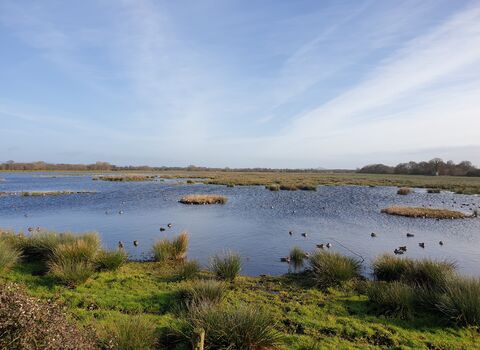A number of dead birds on our Avalon Marshes nature reserves have been reported to Defra as suspected cases of avian flu
Without testing we cannot confirm this, but this is likely the case. It will become an issue for us through autumn and winter months due to the arrival of large volumes of migratory birds. We are preparing for this and assessing how best to manage the potential risks and threats in a variety of scenarios.
We will be working very closely with our partner organisations in the Avalon Marshes particularly, to deliver a coherent and unified approach to best keep staff and the public safe, while reducing, as far as possible, the impacts of the disease on our wild bird populations and species of conservation concern who may have their recoveries affected by this disease.
We remain vigilant for further cases and will continue to follow Defra guidance and protocols. There is a mitigation strategy published by DEFRA and we will follow this guidance.
Things to remember
-
Wild birds are susceptible to a range of diseases and injury. Not all dead birds will have Avian FIu.
-
In general, DEFRA do not recommend that wild bird carcasses are removed. There is limited evidence on whether collecting and removing wild bird carcasses is effective in reducing the spread of the disease. Collection is challenging within wetland and reedbed habitats is aso particularly challenging.
-
There is a significant risk to human health. Those dealing with/removing affected birds must have undergone the appropriate training, and have the necessary PPE equipment and supplies.
-
Agencies with the necessary training and equipment, such as the RSPCA, are facing unprecedented demands on their services so we are unable to call upon them to assist. Therefore, carcass collection will not be undertaken as routine, but will more likely be the exception, for example, if it poses a risk to the general public by being in an area of high public usage.

